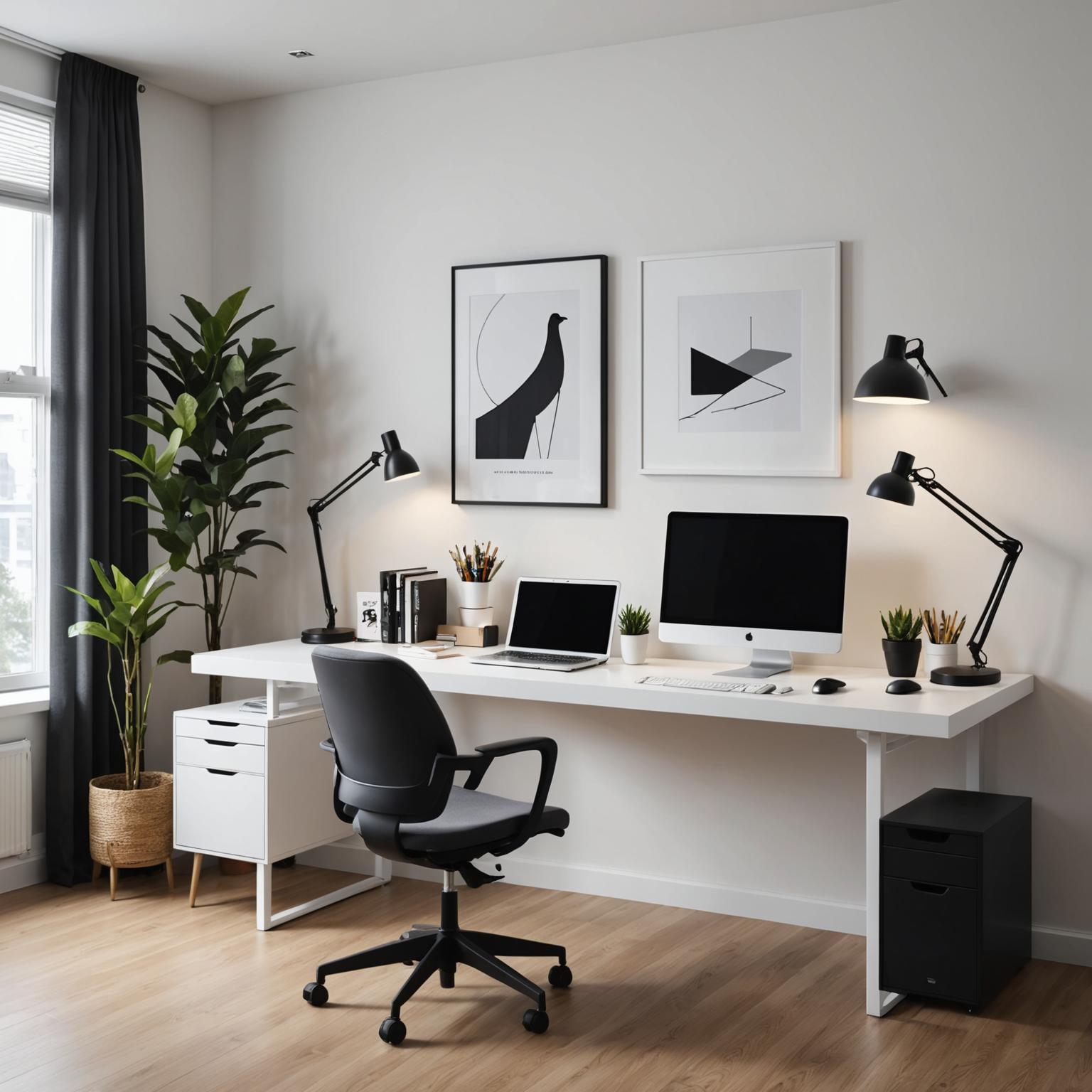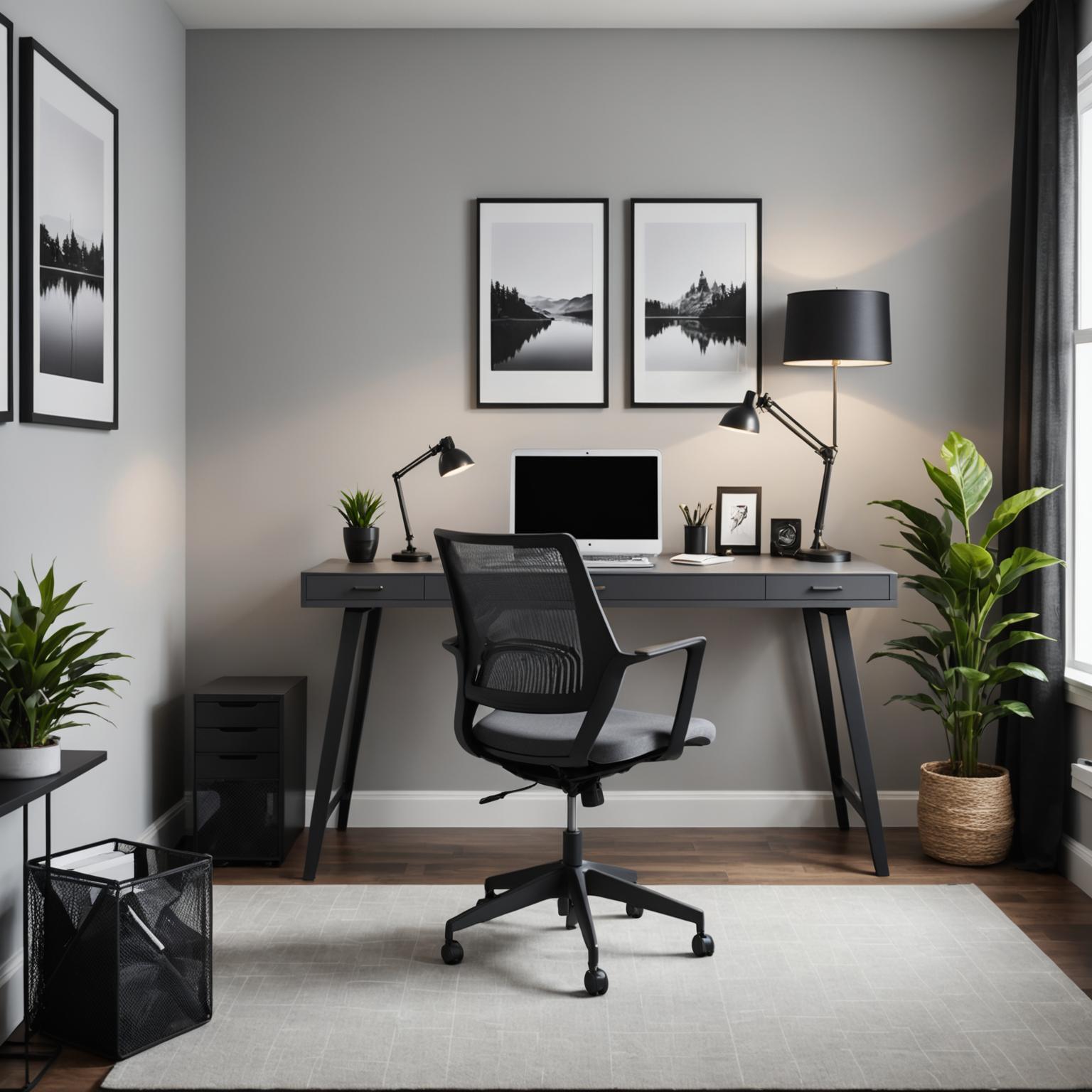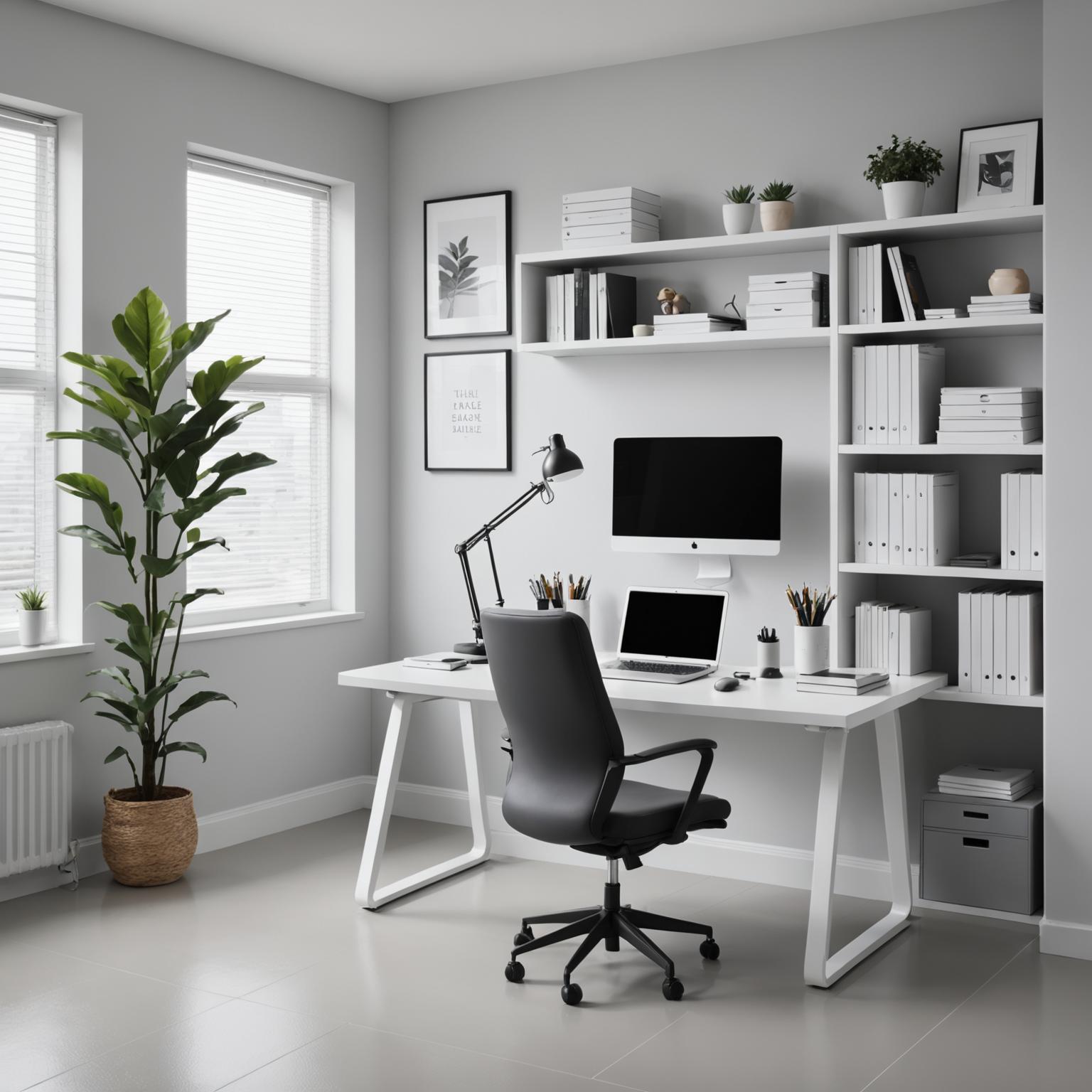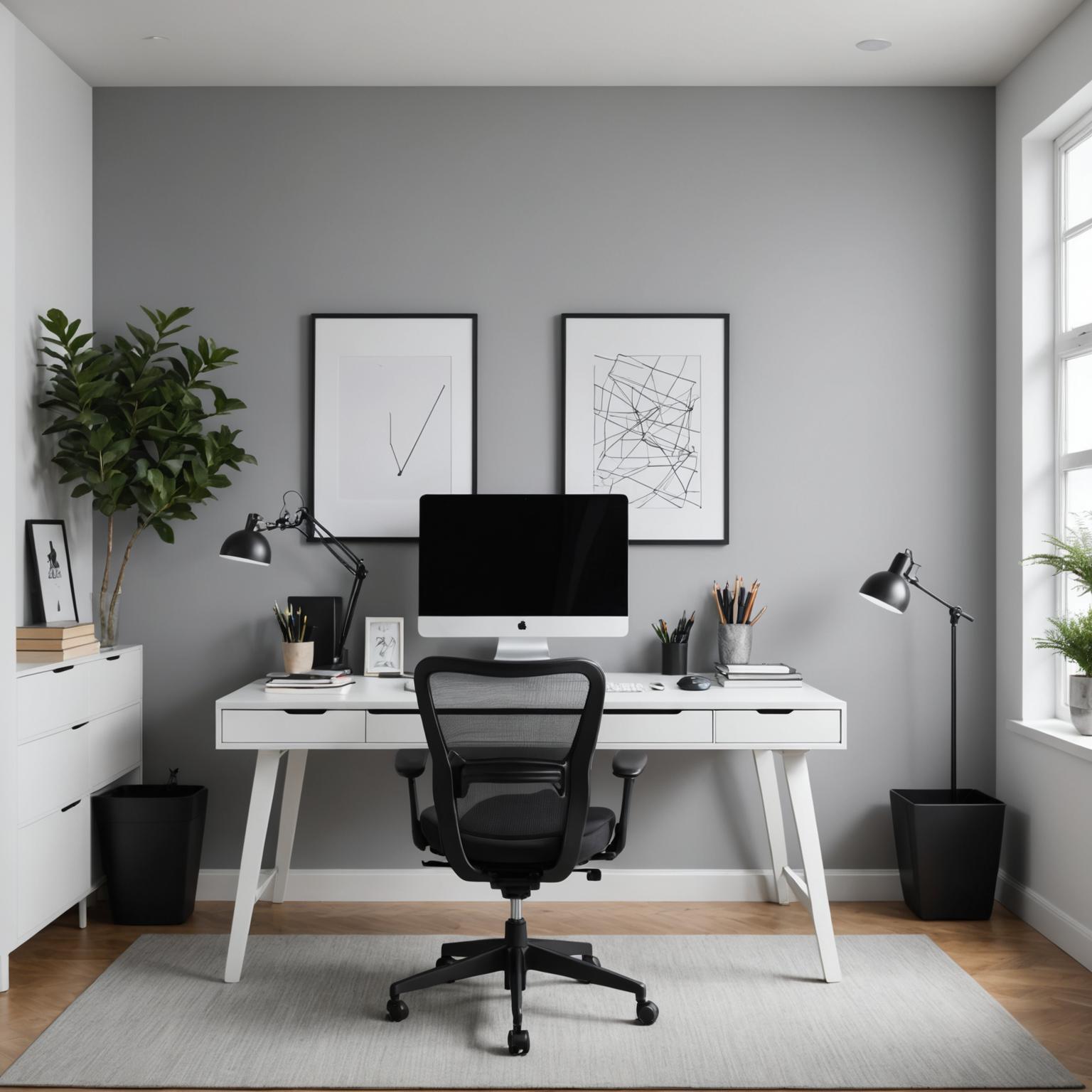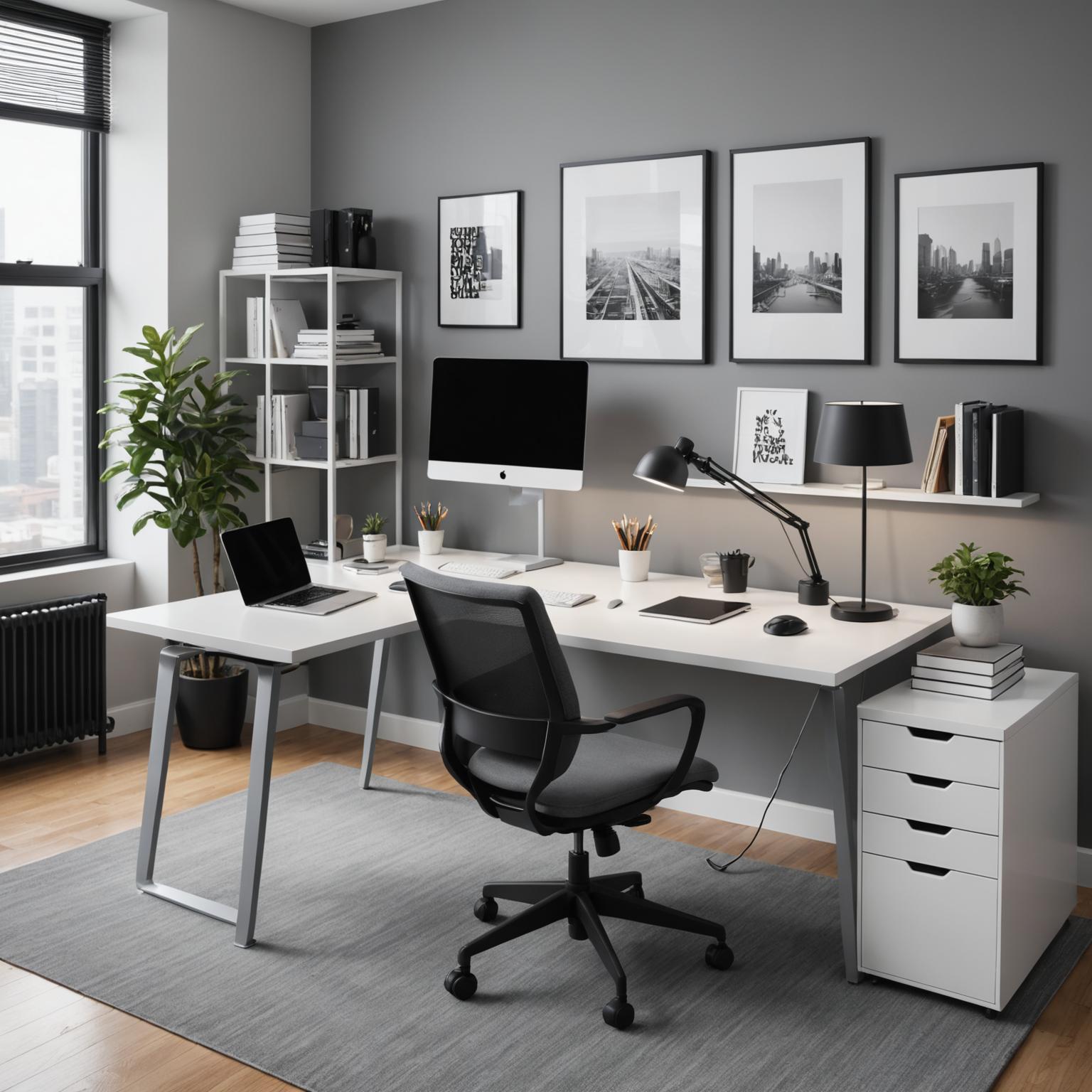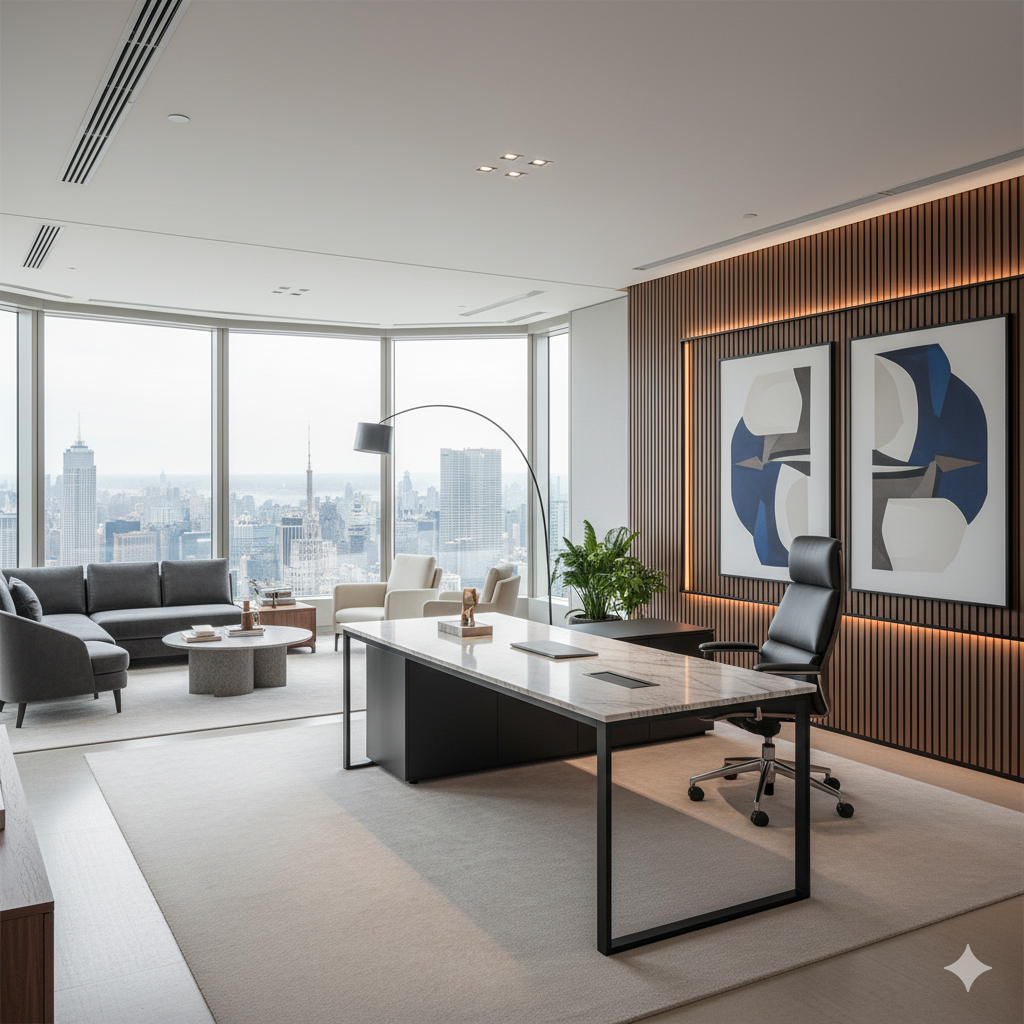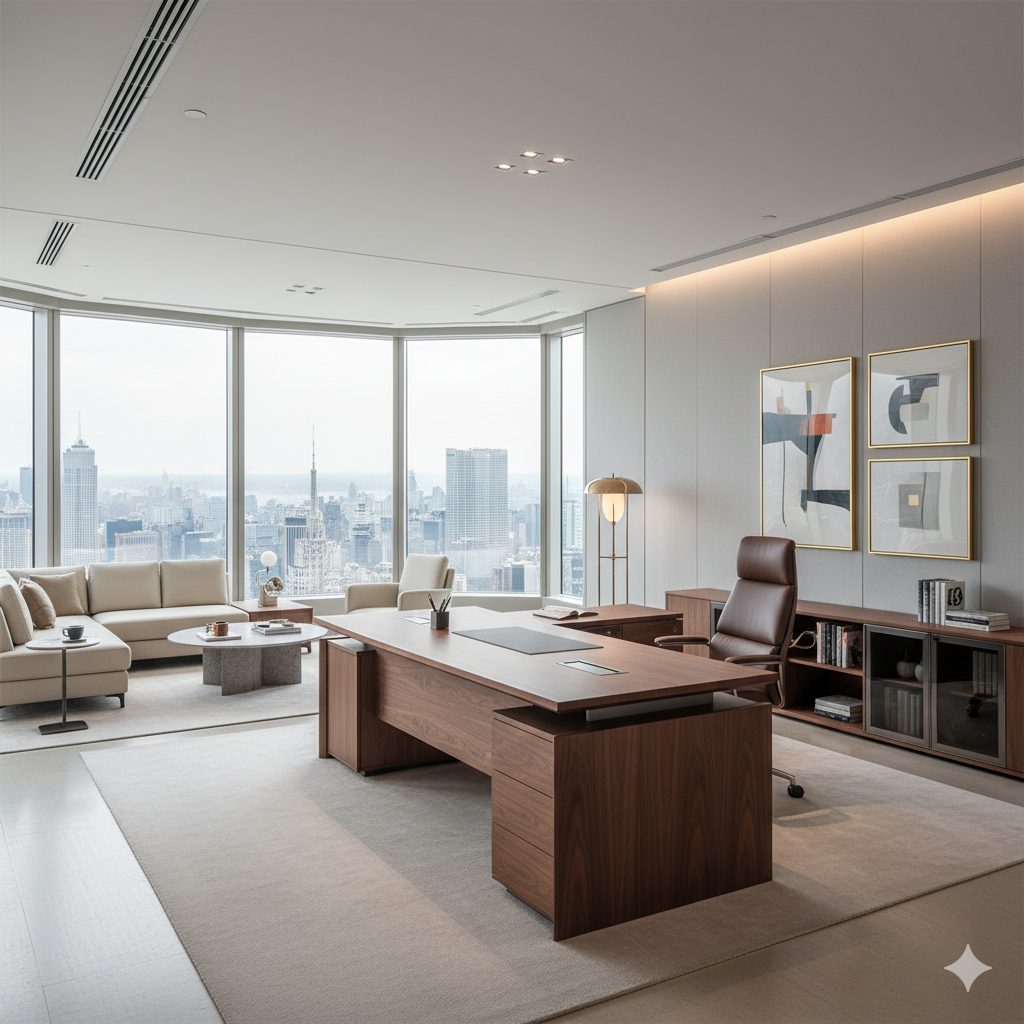
Comfort and Scalability: How an Office Furniture Manufacturer Shapes the Workspace
From Concept to Assembly: The Manufacturing Logic Behind Modern Office Furniture
In the past, office furniture was built for form; today, it’s built for systems.
A modern office furniture manufacturer functions like an integrated engineering plant — where product design, structure simulation, and batch assembly operate in the same loop.
Factories like Siwares follow a “Design–Engineer–Assemble” model. Every component is digitally mapped before cutting or drilling begins. CNC machining defines structure precision, while ERP systems manage alignment between design data and production output.
This seamless integration means that a single mistake in design data doesn’t multiply downstream. It also enables customization at scale — a key demand of global office projects where layouts, ergonomics, and aesthetics must remain uniform across regions.
Designing for People: How Ergonomic Engineering Shapes Every Office Chair and Desk
Ergonomics isn’t a design trend—it’s a measurable engineering discipline.
In modern workplaces, productivity and posture are two sides of the same equation.
Manufacturers integrate biomechanics, anthropometric data, and adjustable geometry into their product design cycles. For example:
-
Chairs: multi-axis synchronized tilt and lumbar curvature maintain neutral posture for prolonged use.
-
Desks: electric height-adjustable systems support both seated and standing workflows.
-
Workstations: optimized spacing between screens and edges improves collaboration without physical strain.
Siwares embeds ergonomic standards (BIFMA, ISO 9241-5) directly into CAD modeling, ensuring that every curve, joint, and height ratio aligns with scientific comfort thresholds. Ergonomic design, when engineered properly, directly translates to better cognitive performance and lower fatigue rates across teams.
Modular Office Systems: Manufacturing Scalability for Global Workspaces
Scalability is the defining characteristic of modern office furniture manufacturing.
Instead of static desks and walls, modular systems allow dynamic reconfiguration — expanding or contracting based on business needs.
| Comparison Aspect | Traditional Fixed Furniture | Modular Office Systems |
|---|---|---|
| Installation Time | 10–15 days for medium project | 4–6 days using prefabricated modules |
| Space Utilization | Static layout | Adaptive and mobile layout |
| Cost Efficiency | High renovation cost | Reusable components |
| Global Consistency | Local variation | Standardized design across sites |
This design-for-scalability mindset enables manufacturers to deliver thousands of units globally without sacrificing visual identity or performance.
Siwares integrates modular design into its full product line — from workstations and conference tables to lounge furniture — allowing architects and procurement teams to reuse design templates across markets.
Material Precision and Quality Assurance: What Separates a Factory from a Manufacturer
A true manufacturer isn’t defined by scale, but by repeatability.
Consistency in panel density, frame strength, and finish color depends on precise control of both materials and processes.
Key manufacturing standards include:
-
E1 / E0 certified panels for low formaldehyde emission.
-
Powder-coated steel frames for anti-corrosion stability.
-
Laser edge banding for seamless aesthetics and impact protection.
-
Cycle testing (50,000+ repetitions) for drawer and hinge durability.
Every Siwares product undergoes automated quality tracking — from raw material inspection to post-assembly load testing — ensuring uniformity across batches. In a global workspace project, this level of consistency determines not just visual coherence but long-term maintenance costs.
Tailored for Function: Manufacturing Solutions for Workstations, Meeting Areas, and Reception Zones
Different zones in an office demand different structural logic.
Manufacturers must tailor engineering design to the function of each space:
-
Workstations: focus on modular scalability and cable integration.
-
Meeting Tables: require rigid load-bearing structure and acoustic balance.
-
Reception Furniture: emphasizes aesthetics, durability, and quick assembly.
-
Lounge Sofas: integrate ergonomic comfort and stain-resistant materials.
By designing each category around workflow rather than product type, Siwares ensures that furniture aligns with operational behavior. This is where industrial design meets spatial strategy — furniture becomes an active component of business performance, not a passive asset.
Choosing the Right Office Furniture System for Each Workspace
Selecting the right office furniture depends on how each zone functions and how often it changes.
Use the guide below to match workspace type with the right system design.
| Workspace Type | Recommended Furniture Features | Key Considerations |
|---|---|---|
| Open Work Areas | Modular workstations with shared-leg design, adjustable panels, and built-in cable channels | Enables quick reconfiguration and balances privacy with collaboration |
| Meeting & Conference Rooms | Sturdy tables with reinforced steel frames, anti-warp surfaces, and integrated cable ports | Supports audiovisual setup and long-term stability |
| Executive Offices | Solid desks with veneer or aluminum finish, soft-close drawers, ergonomic seating | Emphasizes authority, durability, and daily comfort |
| Reception & Waiting Areas | Replaceable upholstery, stain-resistant surfaces, modular lounge seating | Easy to clean and maintain under high traffic |
| Breakout / Collaboration Zones | Lightweight mobile tables, modular sofas, flexible seating layouts | Promotes informal discussions and dynamic teamwork |
| Training / Multi-Function Rooms | Foldable desks and stackable chairs with locking casters | Simplifies setup for different group sizes |
| Storage & Utility Areas | Metal or laminated cabinets with adjustable shelving | Focuses on load capacity and organization efficiency |
Quick Tip:
Assess how frequently each area is reconfigured and how much cable management or storage integration is needed.
Choosing furniture systems based on function rather than form ensures each space supports workflow efficiency and long-term usability.
Engineering the Future Workspace: How Manufacturers Like Siwares Lead the Transition
The modern office furniture manufacturer stands at the intersection of engineering, ergonomics, and sustainability.
Factories that view furniture as an integrated system — rather than isolated pieces — are driving the transformation toward data-driven, adaptive work environments.
Siwares embodies this evolution by merging structural engineering, material precision, and modular scalability to redefine workplace performance for enterprises worldwide.
Through years of manufacturing expertise and design collaboration, Siwares delivers more than furniture — it builds systems that grow with your organization.
If you’re exploring ways to optimize your workspace or need OEM manufacturing support for your next project, visit the Siwares Office Furniture homepage for more insight,
or contact our team to discuss your customized furniture solution.
